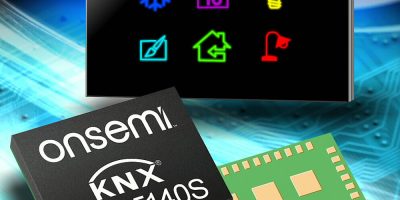3D image sensors can differentiate a vehicle’s dashboard, and monitoring systems, said Infineon, as it introduced the ISO26262-compliant, high resolution 3D image sensor. It has developed in collaboration with 3D time-of-flight system specialist pmdtechnologies and is the second generation of the REAL3 automotive image sensor, the IRS2877A.
“We are now offering high resolution with a tiny image circle to the automotive world,” said Christian Herzum, vice president 3D Sensing at Infineon. “This enables cars with functions from the consumer world, while maintaining automotive standards and even improving passive safety,” he added. It can be used to integrate secure facial authentication for seamless connectivity for any type of service that requires authentication such as payment, battery charging or accessing private data.
In addition, the same camera meets all requirements for driver monitoring to detect driver distraction and fatigue. This enables a driver monitoring system with secure 3D facial recognition using only one time of flight (ToF) camera.
“From the start we were focussed on improving the robustness of the underlying pmd-based ToF technology against external influences such as sunlight or other disturbing light sources. For this reason, the new imager shows excellent and cutting edge performance even under harsh conditions”, said Bernd Buxbaum, CEO pmdtechnologies.
The REAL3 sensor is in a 9.0 x 9.0mm² plastic BGA package and offers a VGA system resolution of 640 x 480 pixels with an image circle of 4.0mm. This allows lens sizes similar to those on smartphones to be used for automotive applications.
The high resolution of the REAL3 sensor also makes it suitable for camera applications with a wide field of view, such as complete front-row occupant monitoring systems. The 3D body models enable accurate estimates of occupant size and weight, as well as precise passenger and seat position data. These figures are required for intelligent airbag deployment and restraint systems.
The latest REAL3 sensor is qualified to AEC-Q100 Grade 2 and is the first of its kind being developed according to the ISO26262 (ASIL-B) standard, claimed Infineon.
3D data also allows for comfort features such as gesture control or intuitive interior lighting that follows passengers’ movements. The imager may also be used in environmental perception scenarios as a flash-lidar.
In addition to automotive designs, it may also find applications in mobile robotics, drones and other autonomous use cases for operator safety.
Development samples of the new 3D image sensor chip (IRS2877A) are available now and series production has begun. The ISO26262 compliant variant IRS2877AS will be available for series production by the end of 2022.







